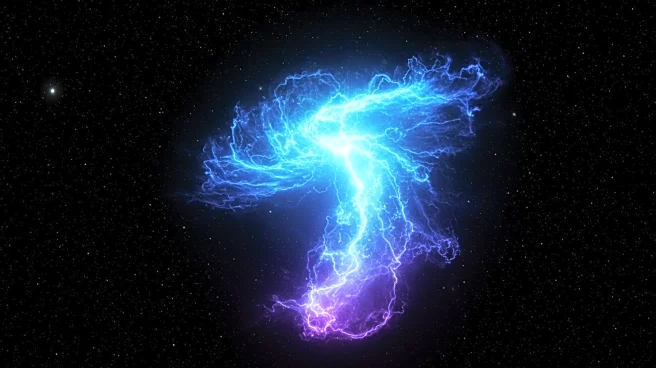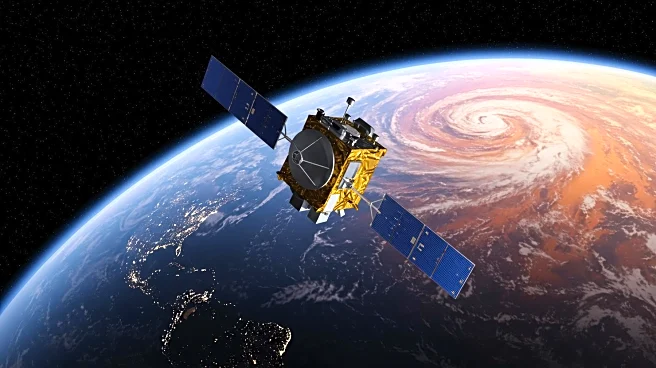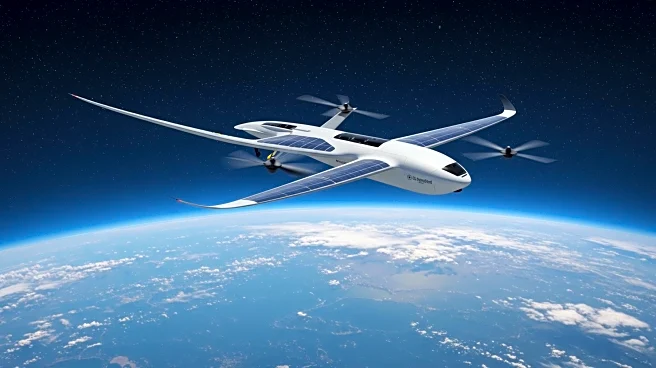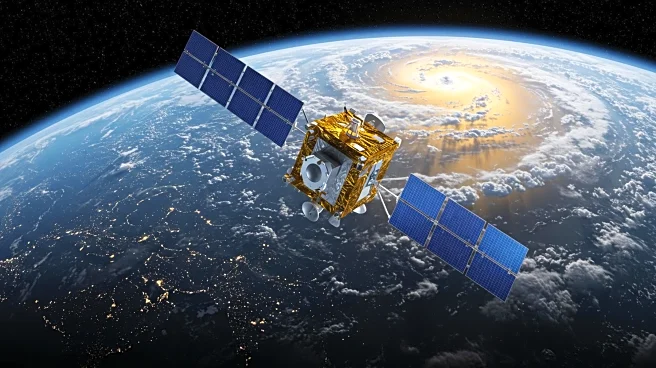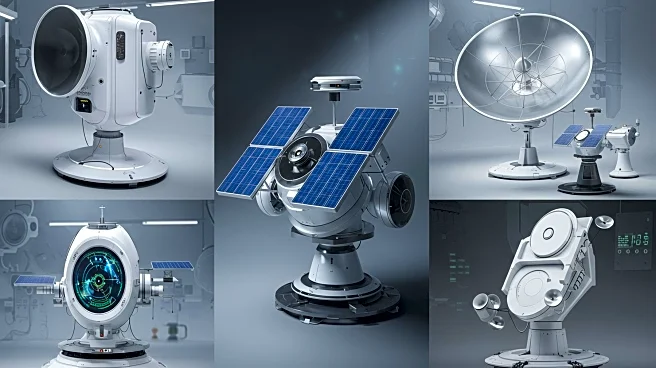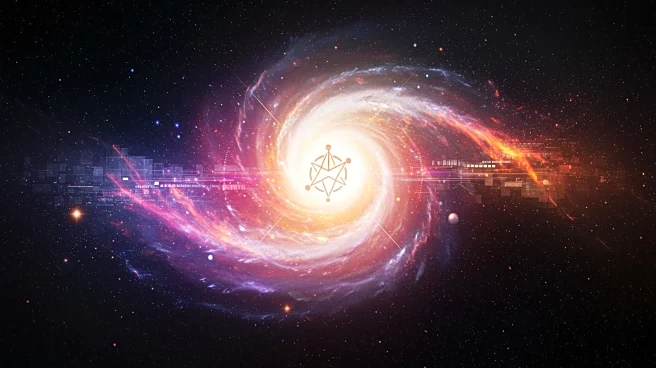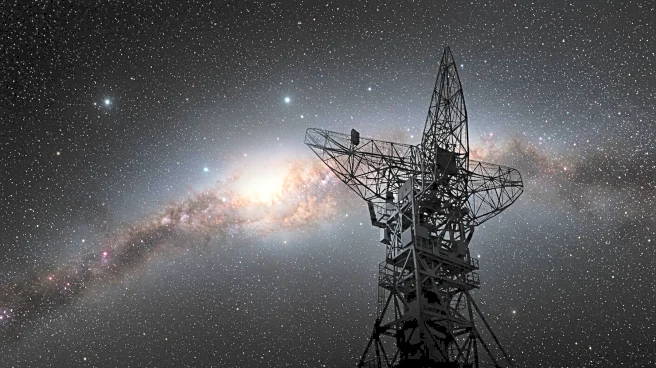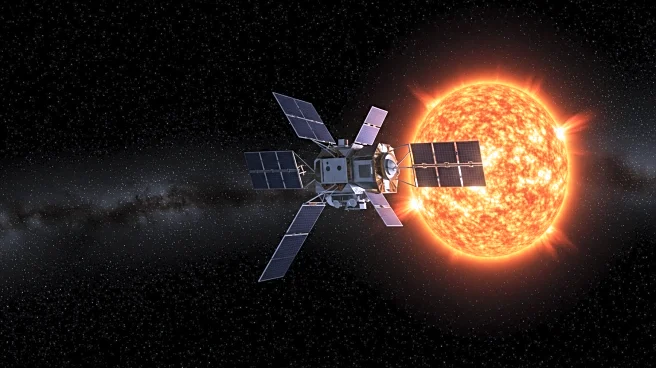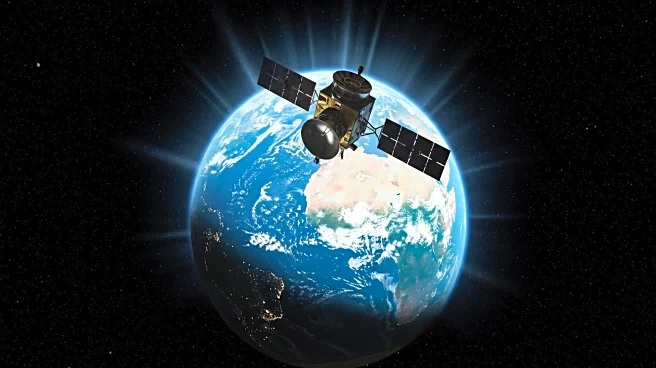What is the story about?
What's Happening?
Research led by the U.S. National Science Foundation National Center for Atmospheric Research (NSF NCAR) indicates that rising CO2 levels in the upper atmosphere will alter the impact of geomagnetic storms on Earth. These storms, caused by solar eruptions, increase atmospheric density and affect satellite operations. The study predicts that future storms will have a greater relative impact on a less dense atmosphere, potentially affecting satellite design and operations. The research highlights the need for understanding space weather changes and their implications for technology-dependent societies.
Why It's Important?
The findings on CO2 levels and space storms have significant implications for satellite operations and technological infrastructure. As geomagnetic storms intensify, satellite design and functionality may need to adapt to changing atmospheric conditions. The research underscores the interconnectedness of climate change and space weather, highlighting the need for comprehensive studies and preparedness. The potential impact on satellite operations could affect navigation systems, data transmission, and national security applications. The study emphasizes the importance of understanding atmospheric changes and their broader implications for society.
What's Next?
Further research may be conducted to explore the impact of different types of geomagnetic storms and their effects on satellite operations. The satellite industry may consider adapting designs to account for changing atmospheric conditions. The findings could lead to increased collaboration between atmospheric scientists and the satellite industry to address space weather challenges. The study may prompt discussions on the need for international cooperation in space weather research and preparedness.
AI Generated Content
Do you find this article useful?
